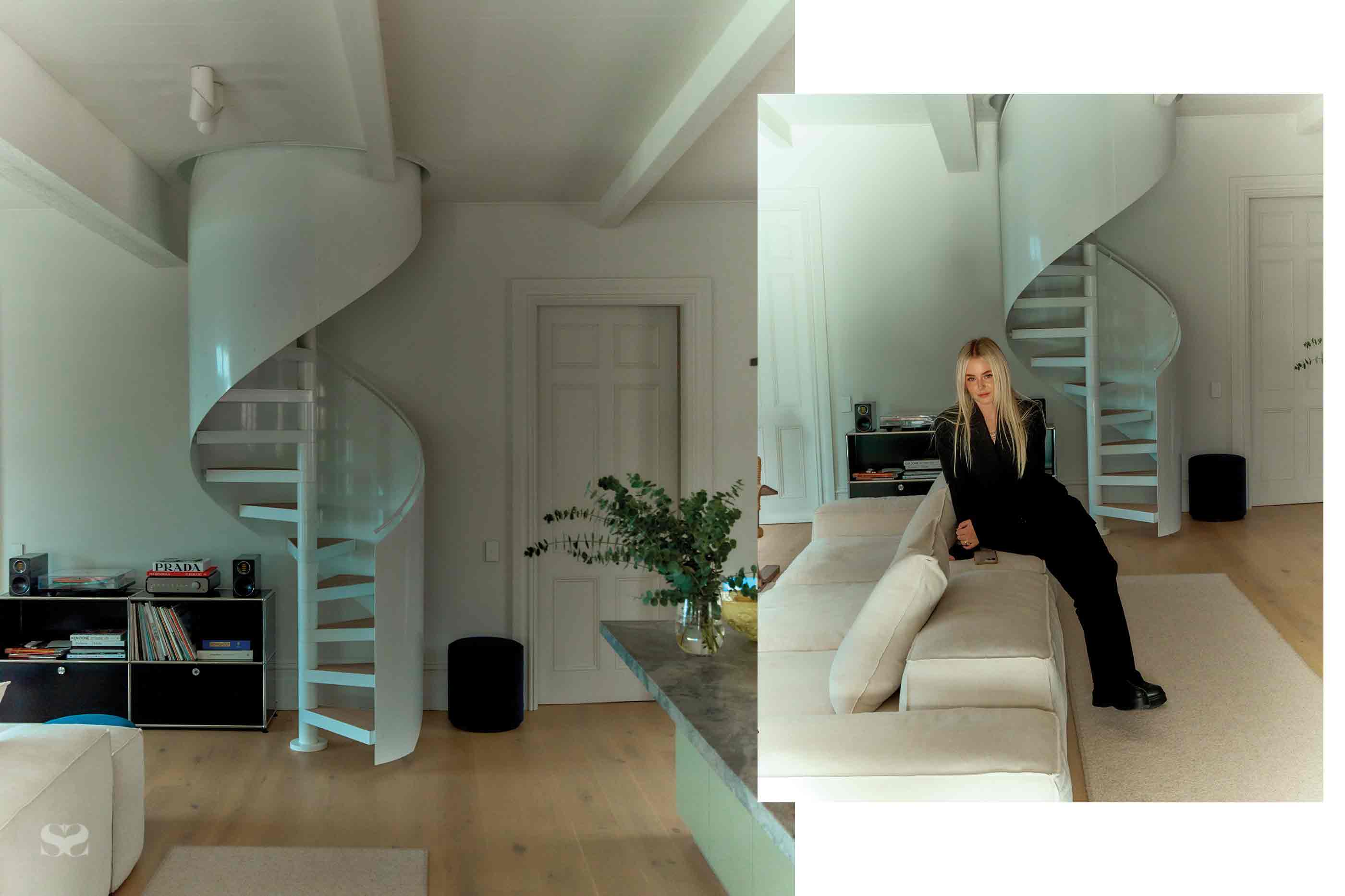
They initially bonded over the serene and solitary work of Japanese artist Asako Narahashi. Creative director and stylist Xanthe Wetzler talks to artist Jonathan Zawada from her Elizabeth Bay apartment to discover they share an awe for the beauty of the ocean and a need to balance the iterative with finality.
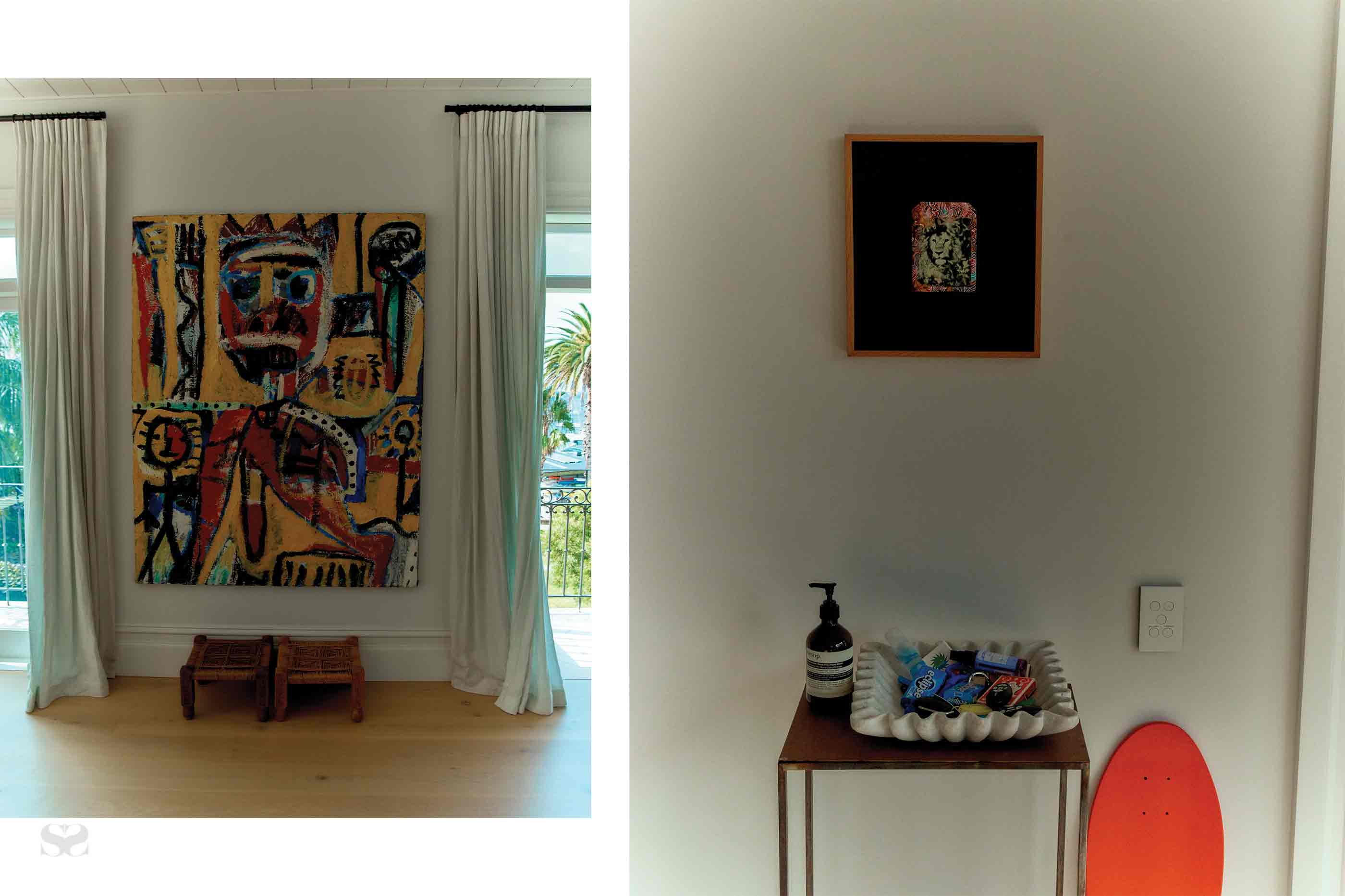
JZ: Hi, how have you been?
XW: Really well. I'm just back from Japan.
JZ: A few people I know have just been there recently.
XW: Yeah, I feel like everybody's there at the moment. They just opened to tourism again in February, and everybody has flocked there. It was so good. It was the first time I've been back since starting the sake brand, so I got to see the brewery, and I did a shoot in Tokyo for a friend's brand, Sir. The brewery is just outside of Osaka, which I hadn’t visited before, I've only ever been to Tokyo. So I went to Kyoto with my husband and did the tourist thing and went to the brewery in Osaka, and we all travelled everywhere by train. It’s just such a calming place. You sit on the train and just feel mesmerised for the whole trip.
JZ: Oh yeah, it's so good that for that. My wife and have visited Japan a bunch of times for her work. The first time we went I think we were there for two weeks and we just trained everywhere. We started in Hokkaido and went to White Illumination in Sapporo. Then we trained all the way down to... I can’t remember how far south we got, maybe to Hiroshima, or somewhere like that. We went over to the west coast by train and we would just hop on and hop off, and find ourselves in some weird little fishing village. It's just the only place in the world I could imagine doing that. We love the trains in Japan.
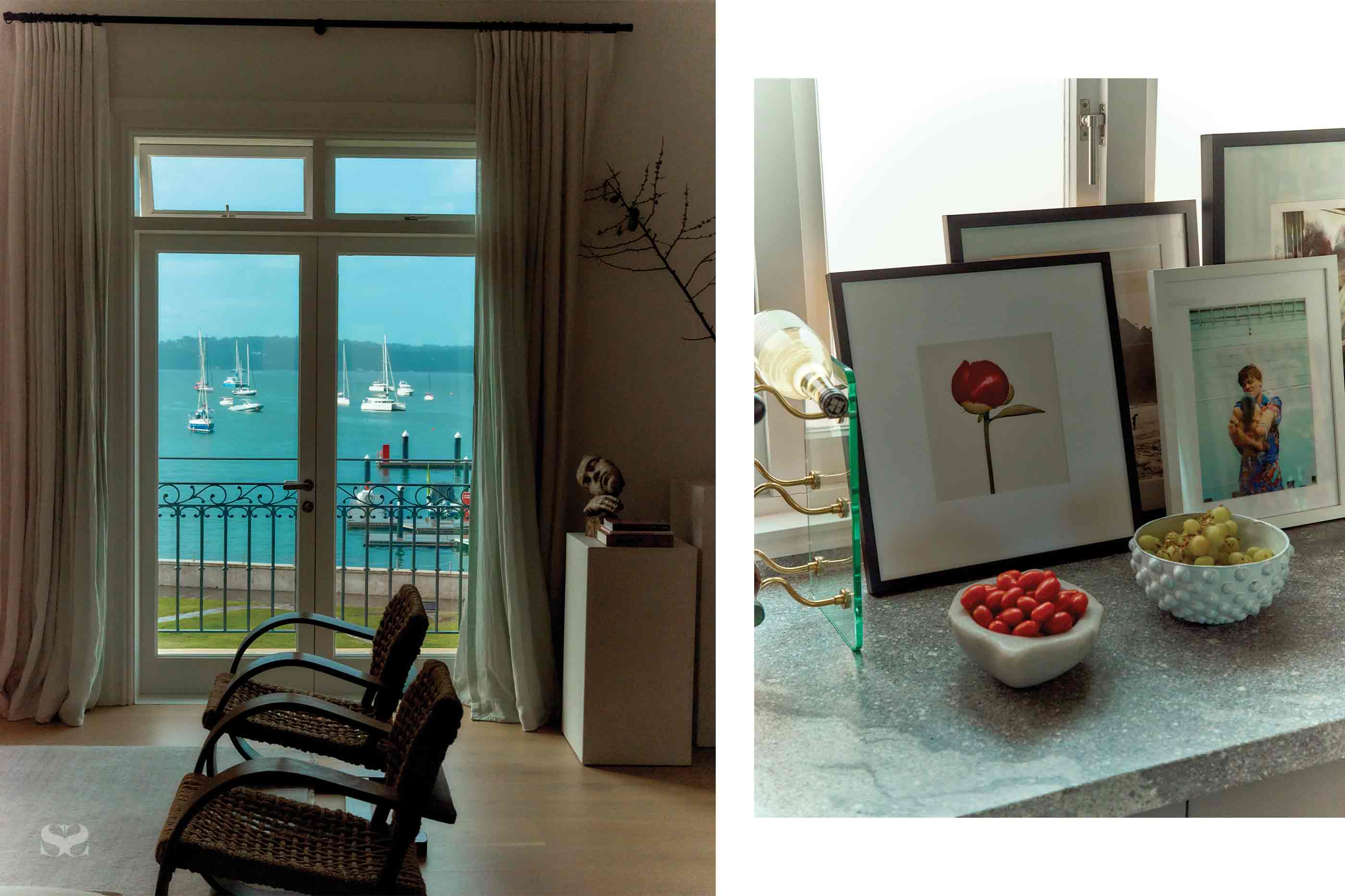
XW: So what have you been up to lately? Are you still up in the (Byron Bay) Hinterlands?
JZ: Yeah, we're still in the same spot. It’s been a bit hectic the last three months. We built new water tanks a while ago on our property. For various plumbing reasons, it's a better thing to do. And then we realised we could convert the old water tanks into sheds. One of them is going to be a sort of a ceramics/pottery shed for my wife and a bit of a workshop for me. So I’ve been quite involved with that. But it’s been like three months and it's maybe going to be finished at the end of this week.
XW: Yeah, I'm not very practical and have no concept of how long these things take. When you are working on building and landscaping projects, does it feel therapeutic and quite different from your art and design work?
JZ: Yeah, it's great. I absolutely love it for like the first four or five weeks. If I didn't have a family, and I didn't have to earn money to pay bills, I would be totally happy gardening and doing that sort of stuff, like pottering around building things. I really like that side of things. That was one of the reasons we moved back from LA. It was quite frustrating living in a rental house where I'd want to build some stairs somewhere, or do some landscaping in the garden, and I couldn't do any of it. I’ve always really enjoyed that stuff, but it really does not work well with the rest of my life. There's no connective tissue. There's a reason why the builders go home and fish or ride dirt bikes, or whatever they do. Where quite often I have to do some illustration for some political or philosophical magazine or something. It’s a totally different thing, and I have to switch brains.
At the moment I'm meant to be working on this incredible exhibition opportunity in Kanazawa, Japan, for later this year. So I should be working on that, but instead I’m compacting the driveway. But it’s hard to go between these things. I think I can manage doing landscaping in the morning and doing 3D illustration work in the afternoon for a client, but I really can't do art on top of that. I can't even do commercial work while I'm doing art, because it's just a different headspace.
XW: If you were to fully immerse yourself and get ready for the exhibition, would you just have to switch everything else off for that?
JZ: Yeah, basically, that’s the plan.
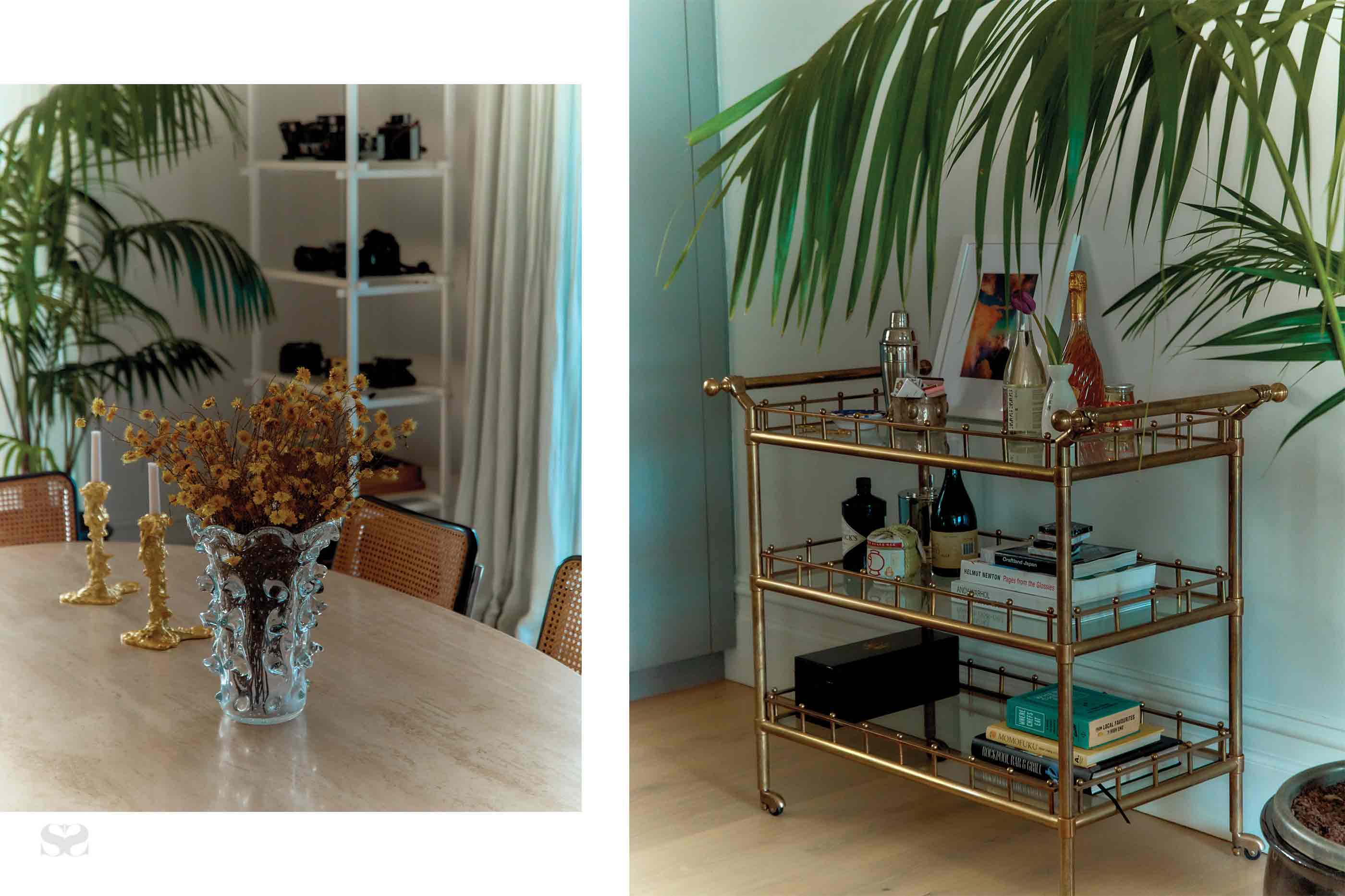
XW: It seems like there is a real connection to Japan for you. Or maybe it’s just a coincidence – this exhibition and the Sake Sake label you designed for me (Wetzler founded the beverage brand in 2022 in collaboration with a brewery in Osaka). Being in Japan really brought your work back to me. Do you remember the first call we had? We were getting a vibe and seeing if we could work together. I brought up this image that I couldn’t get out of my head of a sparkling wave with Mount Fuji in the background by photographer Asako Narahashi. And you knew the exact image. She takes them in the water. Anyway, now I am a huge fan of her work and have some of her books.
JZ: Yeah, it was such a miracle, because when you mentioned it to me, I realised I had that image sitting around a folder for maybe 15 years, and it sounded exactly like what you were describing. It was crazy. Well, maybe not so crazy when you realise that she (Narahashi) is an incredibly proficient and amazing artist. But finding those images, for me, really showed we had a lot in common and this could work for sure. And the project was such a pleasure. I just love those moments in the ocean. A lifetime ago I art directed surf magazines and I worked a lot with surfers early in my career. But I don’t surf at all. It always annoyed me that surf photography was exclusively about surfers. And occasionally, if it wasn’t about surfers, it would still be about a wave that looked good to surf. But for me, being in the ocean, those moments where the wave is rising in front of you and you get all those glimmery, glassy amazing emerald things happening, or the light is reflecting off the water, all that stuff is so beautiful and incredible. Whenever we go swimming, I get shivers when I see it.
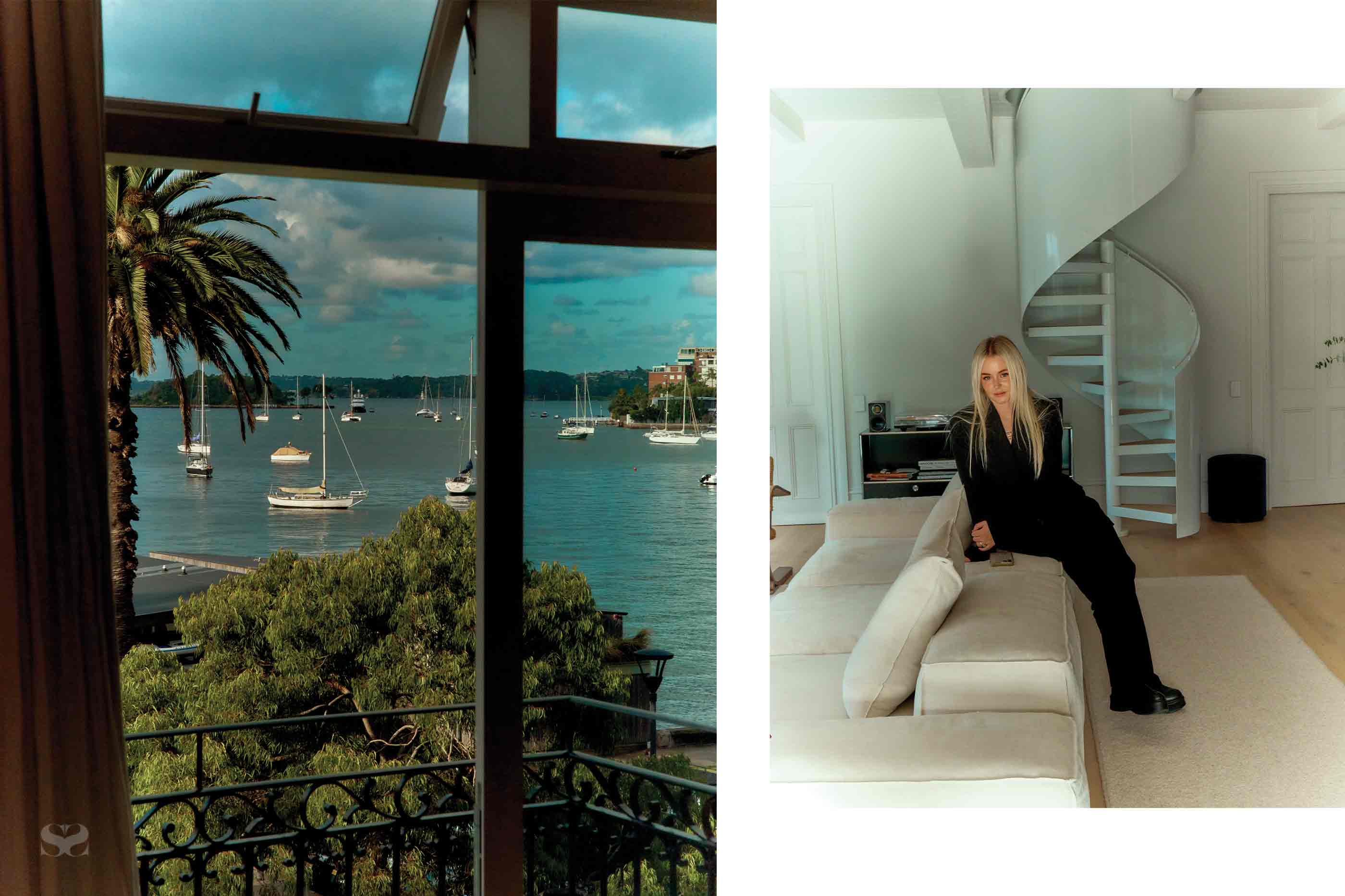
XW: Yeah, it takes my breath away sometimes, like early in the morning going to the beach in Sydney and seeing that light as the sun is just coming up over the horizon. It almost blocks everything else out and you just see this shimmer on the water. It smacks you in the chest.
Back to your work on the Sake Sake label, I really loved how you were able to juxtapose the modernity of Japanese with the traditional, which is why we took a film image and made it so modern, like all of your work. And now, this is probably going to come off as obtuse, but I didn’t realise that you literally make things physically. I pictured that you’d have like 1000 computer screens and do it all digitally, but you actually mould things and cut stuff out.
JZ: Well, I used to, more so in LA when I had the studio set up for it. Once I had that space and the tools, I started just wanting to use them so I did end up making stuff for a project or art exhibition. When we were making furniture, I’d just prototype the furniture. I find if I've got the space and I've got the tools lying around, and they're out, I’ll use them. I really like making things with my hands, but I'm not particularly good at it. Like, if it's a design object, then we'll get somebody who's better to make the final piece. I do enjoy making things, but I'm not like a very good designer in that sense. I'm not able to visualise something, and then just construct it. My process is more iterative. Like in the case of your label, where I knew I needed a wave. I started off doing sketches, then I’ll make a wave and explore what's working, and then add to it and keep adding to it. For whatever reason, I need to keep iterating.
XW: Ok, this is a such a broad question, but in your day-to-day space, what inspires your practice?
JZ: I feel like I'm old enough now that I don't know that I need inspiration as such. But I certainly get hit by bumps where I feel stuck, or hit a creative blockage.
I think the thing that I realised that helps me with that is just doing something that is achievable. That's why doing landscaping is quite satisfying. Because I can build a rock wall and then the rock wall is done. It's heavy and hard and difficult, but all you have to do is just keep picking up rocks and putting them in, and eventually, if you just keep doing that, the wall will be finished. It’s quite straightforward, and very different to being creative, where there is often no finality. So, it’s not really a source of inspiration, rather than a way of being productive. And I think that part of it is decoupling the bit of my brain that can otherwise get very dark, telling myself ‘you’re never going to come up with an idea. What happened to you? You used to have good ideas, now you have none.’ I think occupying myself with something I can actually achieve helps me when I am later focused on something creative. Does that make sense? Like I cannot even look at Instagram before midday at the very earliest, but if I look at it too early I get deflated, everyone has already achieved so much today.
XW: Oh totally, I’ve got to wake up, meditate, have my coffee, do some form of work before I even look at it.
To experience RUSSH Home in its entirety, issue two is available on newsstands and online now. Find a stockist near you.



